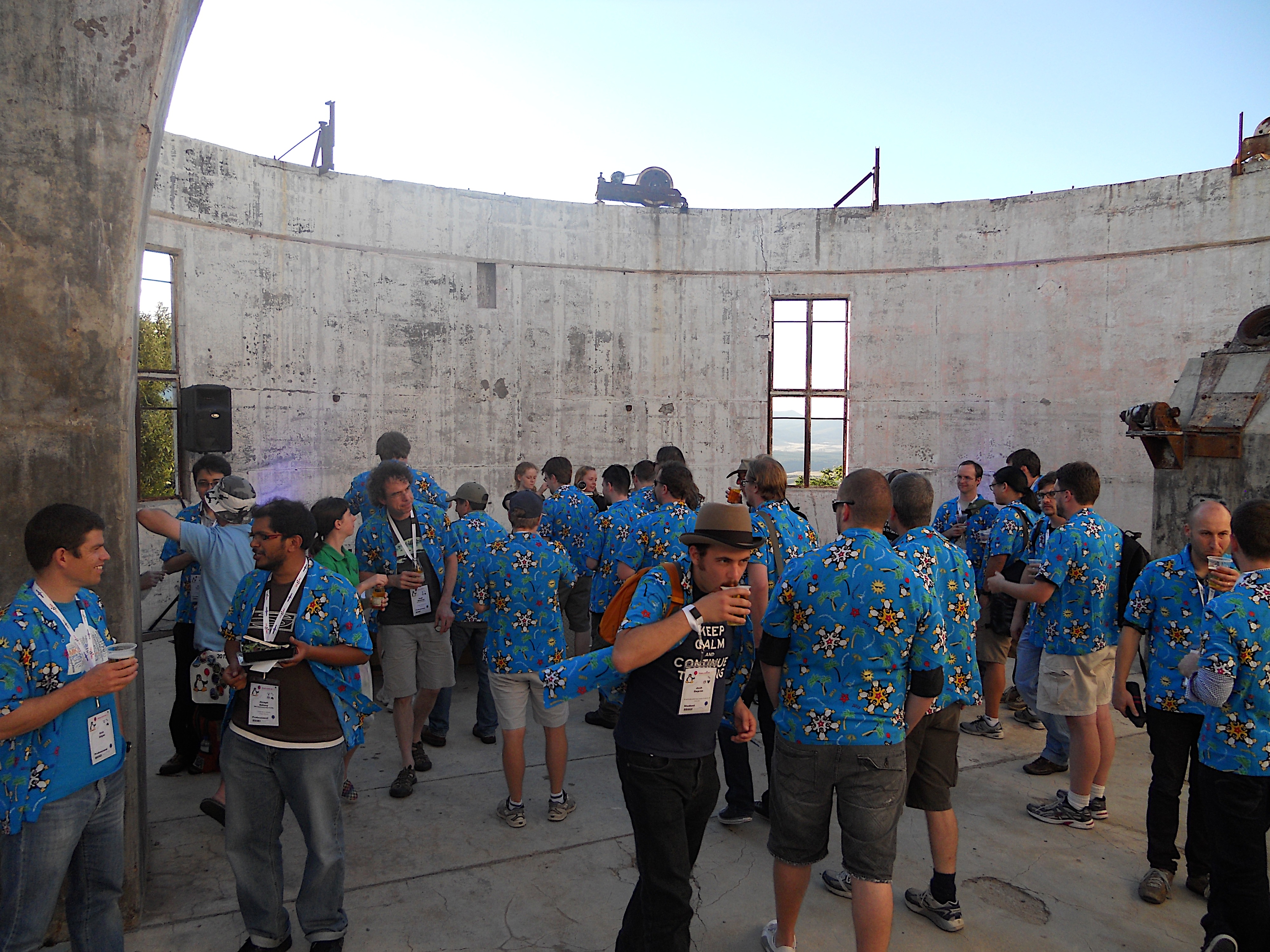As anyone who has seen Cast Away, or any other desert island saga can attest, it is
possible to create a culture all by yourself. All you need is some anthropomorphic sporting equipment and a set of rituals…like declaring Tuesday “Pajama Day” and serving yourself pancakes every Friday. Because unless virtual workforce managers really put time and thought into connecting those employees into the culture, that’s pretty much what they wind up with.
No matter where your workers are, it’s better for them, you, and the company if they really consider themselves part of the team, rather than an independent operator. But that takes a lot of work. So much of culture happens at the office—the surreptitious chats about office politics, the Fantasy Football leagues, the impromptu after-work gatherings and the planned staff meeting pizzas, that it’s easy for a virtual worker to feel cut adrift. They don’t know what’s happening in the rumor mill because no one is talking to them. What happens at the Mother Ship doesn’t get disseminated out in to the field. They don’t know who to trust and they may have only cursory relationships with everyone they interact with.
So, yes, they escape some drama, but they also might make decisions that are good for them, rather than for the whole company. And if the only time people talk to them is to check on the progress of their work, that’s likely to foster a resistant—rather than collaborative—relationship.
People who manage the virtual workforce need to think– a lot– about what makes the company culture and then communicate exhaustively about those things with virtual workers. For example, instead of having a traditional org chart where everyone’s name and title fits in a little rectangle, some organizations have created interactive org charts with selfies and a short, personal bio on each person, so virtual workers feel like they have a sense for who they’re working with, even if they can’t have lunch with them.
Meetings are a huge opportunity to create teamwork. For example, when the staff has a meeting, include videoconferencing and make sure the virtual employees can see everyone in the room. Since 80 percent of communication is non-verbal, the ability to watch others interact makes a huge difference in the level of communication experienced.
Transparency is another issue. Many organizations have meetings, weekly, quarterly, to share earnings and sales results. If virtual employees aren’t part of those meetings, they aren’t part of the transparency culture that those companies pride themselves on. Whenever we’re rolling out something like a new benefits plan, we always insist that there be a webinar about the benefits plan that virtual employees attend. If there are papers to sign, we make sure those papers are overnighted to the employee so he has the same documents in front of him that everyone else does. Overlooking those kinds of details really does send a bad message to virtual workers.
But managers can take that even one step further. Virtual employees often complain to me about being on the email chain when everyone’s raving about the breakfast tacos that were served at the meeting. If you’re going to have some great treat, breakfast tacos or donuts or brownies, consider having some delivered to your remote employees.
Unless the employee lives in the outback or the interior of Alaska, the strength even such a small gesture like that will lend your culture is well worth the money.
We work with companies on a project basis or on retainer, providing a custom level of HR help designed for your business. Contact me at Caroline@valentinehr.com or call (512) 420-8267.




